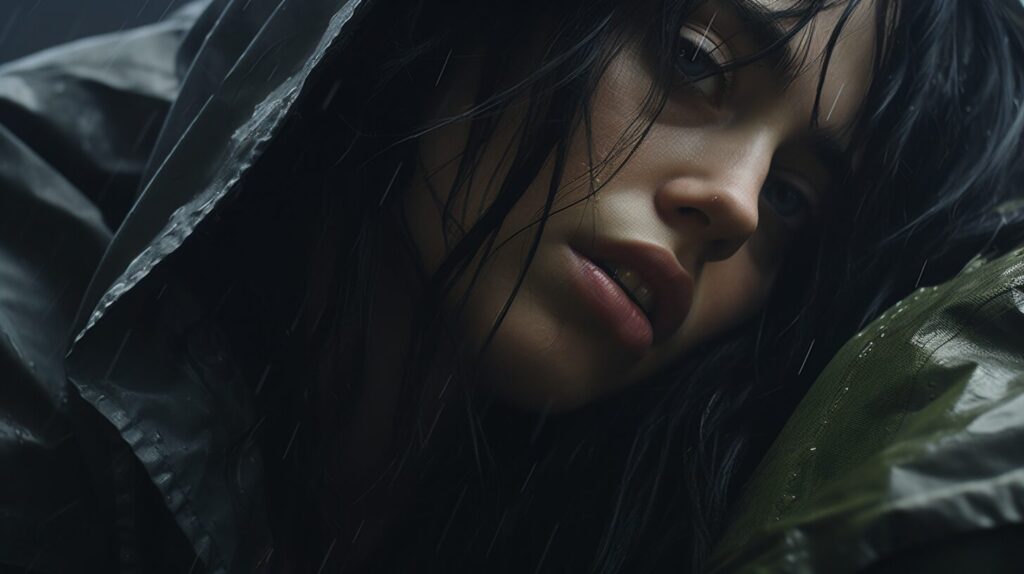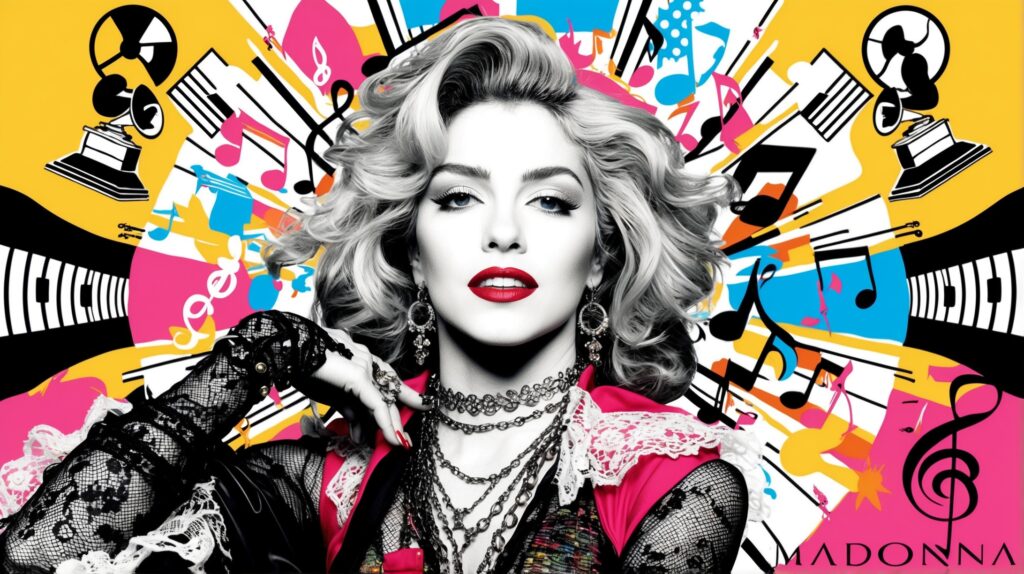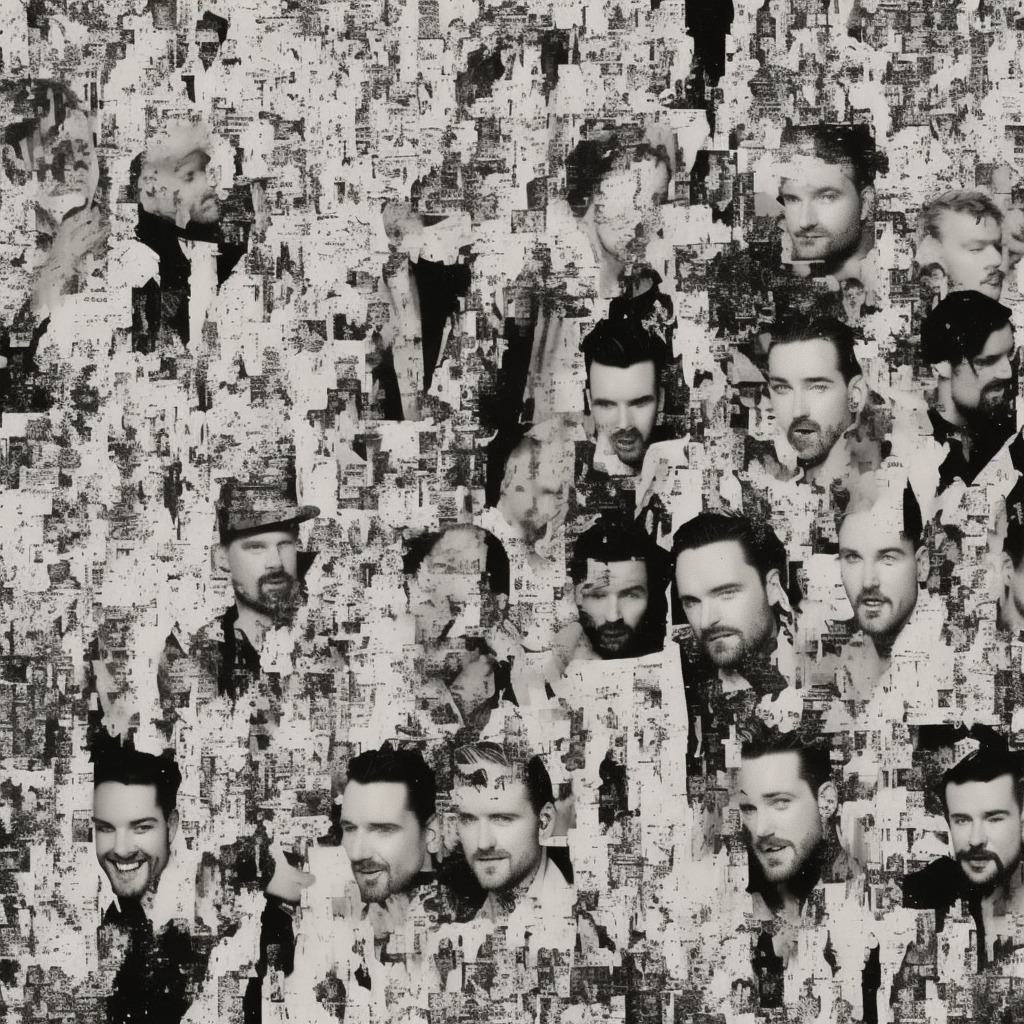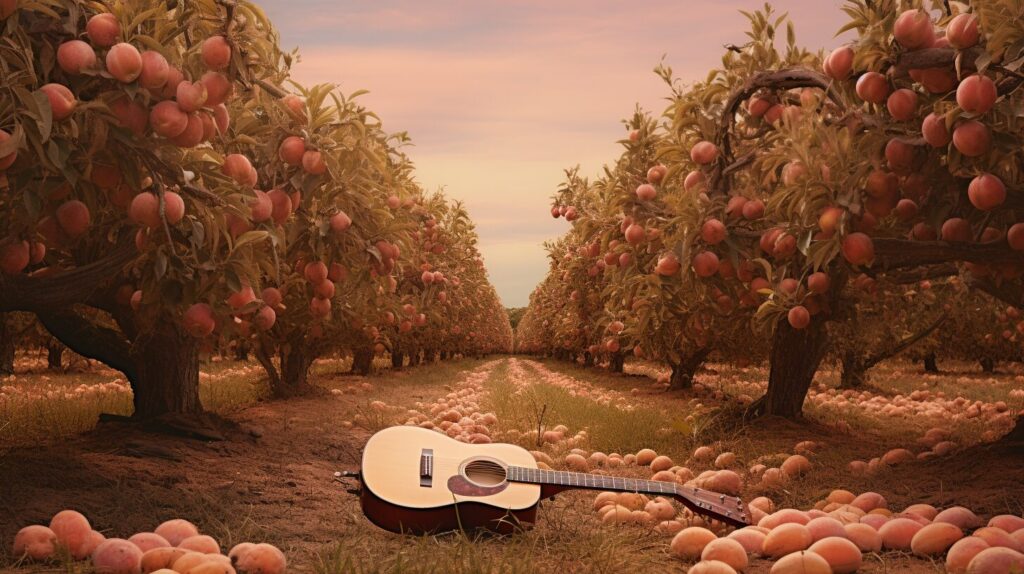🎵 Did you know #TakeThat’s “Babe” was their FIRST song ft. Mark Owen on lead vocals? 🎤 A timeless gem that never gets old! 💎✨ #FunFact #Babe #MarkOwen #90sPop Read about it: tinyurl.com/y8fu4vf5
Reliving the Magic of Take That’s Heartfelt Ballad
Take That’s “Babe” – a soul-stirring ballad that encapsulates the band’s undeniable talent and timeless charm, transcending generations.

As one of the most successful British boy bands, Take That has consistently demonstrated their impressive prowess in blending pop music with soulful lyrics, and the song “Babe” is no exception. A track from their 1993 album, “Everything Changes,” “Babe” was the first of the band’s singles to feature the smooth vocals of Mark Owen, highlighting his abilities as a lead singer.
Formed in 1989, Take That members Gary Barlow, Howard Donald, Jason Orange, Mark Owen, and Robbie Williams won hearts all over the world with their charming personalities and creative talents. While the band’s lineup has gone through some changes over the years, with Williams and Orange leaving the band, the remaining members have stayed true to their roots, continuing to create memorable music for their fans.
“Babe” reached number one on the UK Singles Chart and was nominated for a BRIT Award for Best British Single in 1994. The song is a tender ballad that tells the story of a man who regrets letting go of his first love and learns she has moved on with her life. The emotive lyrics and heartfelt delivery by Owen evoke a sense of nostalgia in listeners.
Although the band has received a fair amount of praise throughout their career, they have not been exempt from criticism. Some critics have argued that Take That’s appeal relied heavily on their image and marketing strategies, with the actual musical substance occasionally falling flat. However, it’s worth considering the vast array of hit singles and albums the band has produced over the years, proving that their success is not solely based on superficial factors.
Throughout their illustrious career, Take That has won numerous awards and accolades, such as eight BRIT Awards, seven MTV Europe Music Awards, and six Ivor Novello Awards. Their accomplishments are not limited to the music scene, as they’ve also been recognized for their philanthropic efforts, having raised millions for charitable causes.
In conclusion, “Babe” remains a testament to Take That’s ability to captivate audiences with their emotive songwriting and crooning vocals. Despite any criticisms aimed at the band, their success and longevity in the music industry speak for themselves. This classic ballad continues to resonate with fans both new and old, showcasing the enduring appeal of Take That’s music.
Charting The Success
Take That’s “Babe” skyrocketed to chart-topping success in 1994, leaving a lasting impact on the music scene and earning prestigious accolades in its melodic wake.
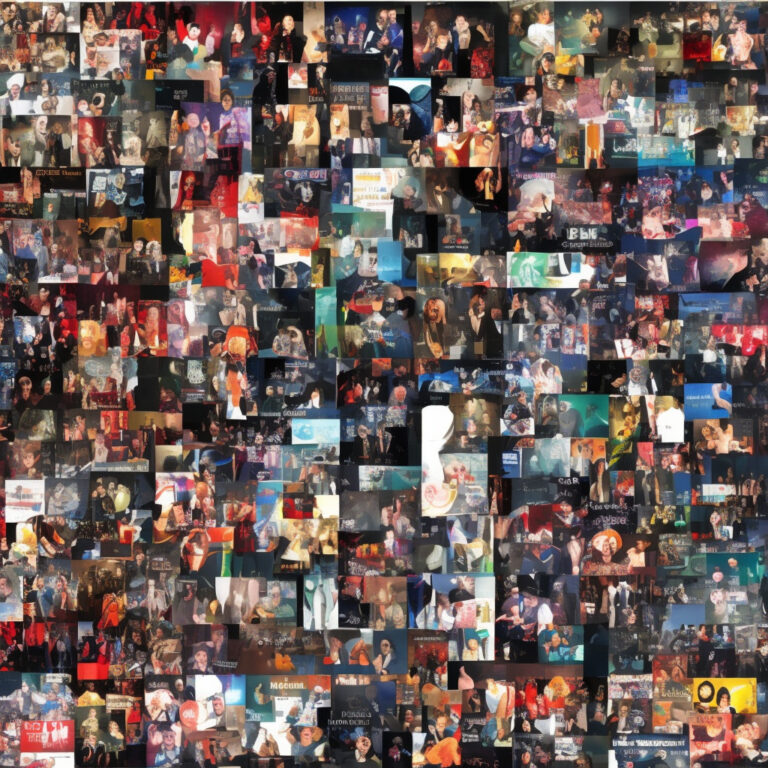
Released on December 13th, 1993, “Babe” made an impressive entrance onto the UK Singles Chart at number 2. The song quickly gained momentum and reached its peak position of number 1 on the chart dated January 1st, 1994. This achievement made it Take That’s third chart-topping single, following their previous hits “Pray” and “Relight My Fire.”
Not only did “Babe” dominate the UK Singles Chart, but it also found success on other international charts. In Ireland, the song reached its peak position at number 3, making it a top 5 hit. Additionally, “Babe” charted in several European countries, including Germany, where it reached number 16, and the Netherlands, where it peaked at number 23.
“Babe” also made its mark on the end-of-year charts. In the UK, the song ranked as the 16th best-selling single of 1994, proving its lasting impact throughout the entire year. Furthermore, the song’s enduring popularity led to a re-release in 2007 as part of the band’s “Beautiful World” tour. This re-release introduced the song to a whole new generation of fans and even resulted in the song briefly re-entering the UK Singles Chart, peaking at number 107.
On top of its chart success, “Babe” also garnered critical acclaim. The song was nominated for the prestigious Ivor Novello Award for Best Song Musically and Lyrically in 1994, further solidifying its status as a standout track in Take That’s extensive discography.
Overall, “Babe” stands as a testament to the chart prowess of Take That and their ability to create timeless hits that continue to resonate with music lovers to this day.
Diving into the Heartfelt Lyrics of “Babe”
Babe, I’m here again, I’m here again, where have you been?
Babe, I’m back again, I’m back again, where have you been?
You’ve been all alone, just like a fool, a fool for you
Why then, oh why then, are you alone?
Oh, babe, come right here and sit by my side
There’s nothing to fear, it’s only pride, won’t you stay?
The lyrics of “Babe” by Take That reflect a heartfelt plea for the return of a lost love, where the singer admits to being a “fool for you” and invites the object of their affection to “come right here and sit by my side.” The song’s simple and honest lyrics effectively communicate a sense of longing and vulnerability, which was a common theme in music during the early 1990s.
“Babe” was released in 1993, a time when the world was undergoing significant changes. The fall of the Berlin Wall in 1989 and the end of the Cold War brought a renewed sense of hope and optimism. Popular music began to reflect these societal shifts, often exploring themes of love, loss, and personal growth.
In this context, the lyrics of “Babe” can be seen as a reflection of the spirit of the time. The singer’s vulnerability and willingness to admit their feelings of loneliness and longing for a lost love resonated with listeners who were embracing a newfound openness in their own lives. As the world moved into a more hopeful era, the earnest and heartfelt appeal of the song’s lyrics struck a chord with audiences.
Overall, the lyrics of “Babe” offer a poignant snapshot of the emotions and experiences that defined the early 1990s. The song’s simple yet powerful message of love and longing continues to resonate with listeners today, serving as a reminder of the power of vulnerability and the enduring appeal of heartfelt expression.
A Visual Masterpiece: The “Babe” Music Video
Emotionally charged and visually striking, Take That’s “Babe” music video is a timeless testament to the power of innovative storytelling and nostalgic charm in the music world.
When it comes to music videos that capture the essence of a song, Take That’s “Babe” stands out as a prime example. Directed by British filmmaker Greg Masuak, the video complements the emotional ballad with a mix of storytelling, special effects, and a touch of nostalgia. Released in 1993 as part of the band’s second album, “Everything Changes,” the music video added a visual layer to the already popular song, reaching No. 1 in the UK charts.
The video features the band’s members – Gary Barlow, Robbie Williams, Mark Owen, Jason Orange, and Howard Donald – situated in various settings that evoke a sense of longing and nostalgia. With a winter landscape in the background, the video opens with Gary singing while playing the piano. The other members are showcased in individual scenes, each conveying a different aspect of the song’s theme.
One of the most memorable moments of the video is the use of special effects, particularly a holographic projection of Robbie Williams. This effect, which was quite innovative at the time, added a futuristic touch to the otherwise classic storytelling. It’s worth noting that the hologram remains a visual element that fans still associate with the song today.
Budget-wise, the “Babe” music video reportedly cost around £75,000 to produce – a modest sum compared to other music videos of the time. This goes to show that thoughtful direction, storytelling, and a little innovation can result in a memorable video without breaking the bank.
Artistically, the video’s approach resonates with the melancholy nature of the song. Through its visuals, the music video adds a layer of complexity that deepens the emotional impact of the ballad. The winter setting, individual scenes, and incorporation of special effects all work together to create a visual experience that highlights the song’s themes of love, loss, and longing.
Since the release of the official music video, “Babe” has inspired numerous fanmade videos and YouTube tributes. Fans have expressed their love for the song and the band by creating their own visual interpretations, often using footage from live performances or spliced together from various Take That videos.
In summary, the “Babe” music video is a testament to the power of thoughtful and innovative artistic direction. With its memorable visuals and emotional storytelling, it continues to be a fan favorite more than two decades after its release.
The Maestro Behind “Babe”: Gary Barlow
Gary Barlow, the gifted songwriter and composer behind Take That’s soul-stirring ballad “Babe,” has a prolific musical career spanning over three decades. Widely regarded as the backbone of Take That, Barlow has penned some of the band’s biggest hits, such as “Back for Good,” “Patience,” and “Greatest Day.” His keen aptitude for crafting emotionally resonant tunes is on full display in “Babe,” which showcases his ability to artfully blend poignant lyrics with beautiful, sweeping melodies.
In addition to his work with Take That, Barlow has enjoyed a successful solo career with notable hits like “Forever Love” and “Let Me Go.” As a composer, he has also dabbled in musical theatre, co-writing the score for the stage adaptation of “Finding Neverland” as well as “The Girls,” a musical inspired by the true story of the Calendar Girls. Barlow’s undeniable talent and enduring influence in the music industry have cemented his status as one of the most celebrated composers of his generation.
A Trip Down Memory Lane
Relive the timeless magic of Take That’s “Babe” as it continues to enchant fans with its catchy melody, awards, and media appearances nearly three decades after its release.
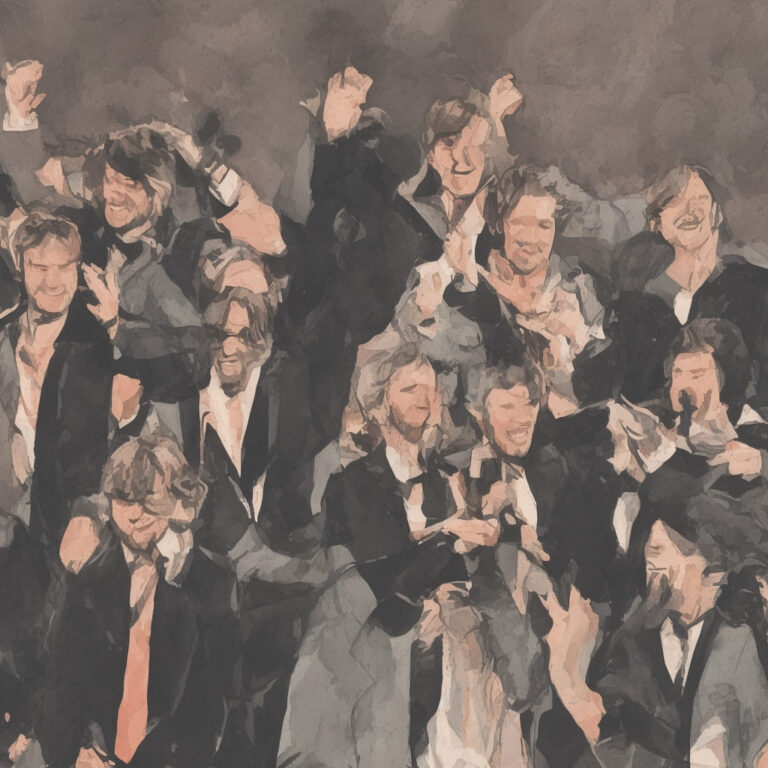
“Babe” by Take That, the iconic British pop group, has certainly made its mark in music history since its release in 1993. It’s no surprise that this catchy tune has accumulated various awards and accolades, solidifying its position as a classic in the pop genre.
The song was an instant hit, soaring to number one on the UK Singles Chart and staying there for a total of 33 weeks! This impressive feat secured the song’s nomination for Best British Single at the 1994 BRIT Awards, where the band also performed the song live. Although they didn’t take home the award, the band still made a lasting impression on the audience.
The infectious melody of “Babe” found its way into multiple forms of media throughout the years, making appearances in movies, TV shows, and video games. Perhaps one of the most notable appearances was in the hit British TV drama series “Cold Feet,” where the song provided a fitting backdrop for the show’s emotional storyline. Additionally, the song was featured in the popular video game series “SingStar,” allowing fans the opportunity to belt out the iconic lyrics in the comfort of their own homes.
“Babe” has also inspired several covers and reimaginings by various artists, emphasizing the song’s timeless appeal. In 2007, the Irish boy band Westlife paid tribute to Take That with their own rendition of “Babe” during their “The Love Album Tour.” This heartfelt homage showcased the lasting impact that Take That and their music have had on the genre of pop.
From awards and nominations to appearances in media and inspiring covers, the legacy of “Babe” by Take That remains as strong as ever. As fans continue to enjoy this classic tune, it’s clear that “Babe” will endure as a beloved staple in the pop music scene for years to come.
Diving Into the Musical Aspects
In order to fully appreciate the intricacies of “Babe,” it’s essential to explore the song’s musical structure, key, chord progression, and tempo. The song is written in the key of D Major, which lends a warm and uplifting quality to the overall feel of the track. This tonality is a perfect fit for the song’s themes of love and nostalgia, as the harmonic framework reinforces the emotional impact of the lyrics.
The chord progression underlying “Babe” is relatively simple, but it’s the subtle variations in the arrangement that keep the listener engaged. The verses follow a I-V-vi-IV pattern (D-A-Bm-G), which is a common progression used in countless pop songs. However, the chorus introduces a more complex sequence, with a vi-IV-I-V (Bm-G-D-A) progression that injects a sense of urgency and anticipation. This shift in the harmonic structure propels the song forward and heightens the emotional intensity of the chorus.
Tempo-wise, “Babe” sits comfortably in the mid-tempo range, clocking in at around 77 beats per minute. This relaxed pace allows the song’s melodic and harmonic elements to breathe, while also providing ample room for the vocal harmonies to shine. The moderate tempo also lends itself well to the storytelling aspect of the song, as the listener is gently guided through the narrative with ease.
The arrangement of “Babe” is another aspect that sets it apart from other pop songs of its time. The instrumentation is rich and varied, featuring a mix of acoustic and electric guitars, synthesizers, and lush strings. The use of reverb and delay effects on the guitars adds a sense of depth and space to the production, allowing the listener to become fully immersed in the sonic landscape.
The vocal harmonies in “Babe” are a standout feature, showcasing the band’s ability to blend their voices seamlessly. The tight, multi-layered harmonies provide a lush backdrop for the lead vocal, which delivers the song’s poignant lyrics with conviction and emotion. The combination of these elements results in a powerful and memorable listening experience, solidifying “Babe” as a standout track in Take That’s discography.
In conclusion, the various musical components of “Babe” come together to create a captivating and emotionally resonant song. The combination of the key of D Major, the chord progressions, the mid-tempo pace, the rich arrangement, and the stunning vocal harmonies all contribute to the lasting appeal of this classic hit.


